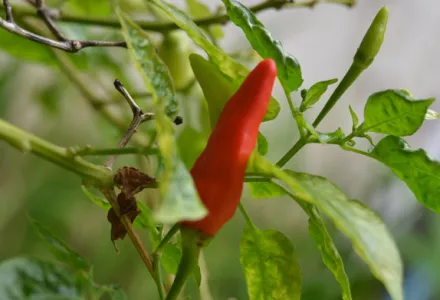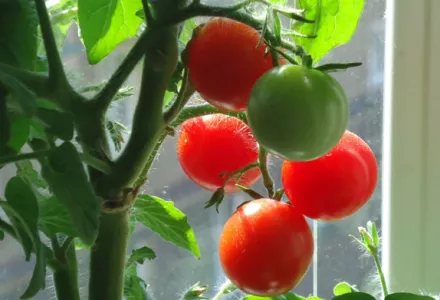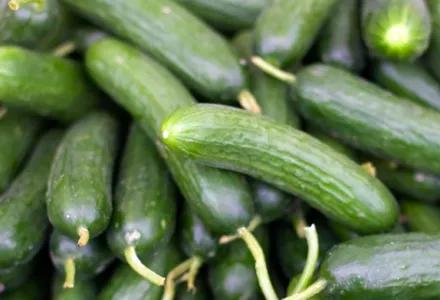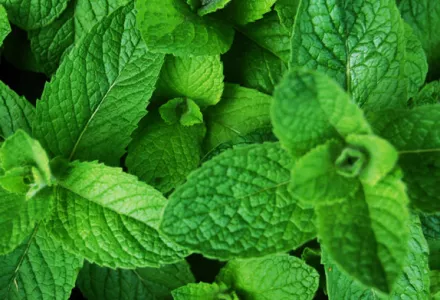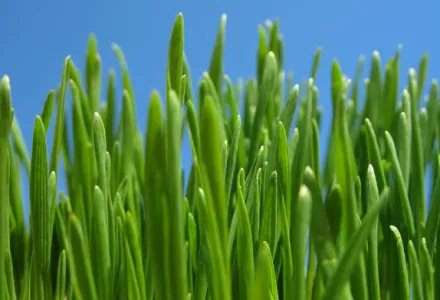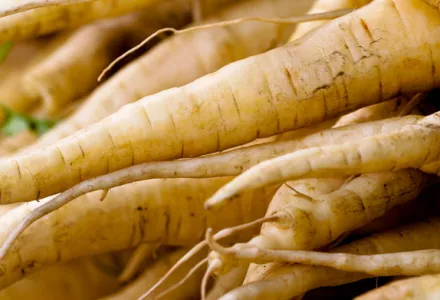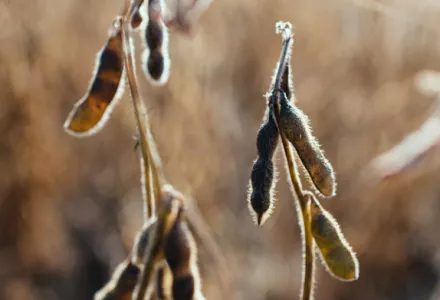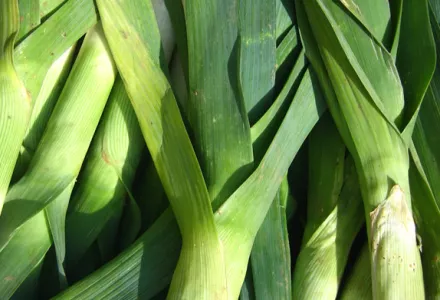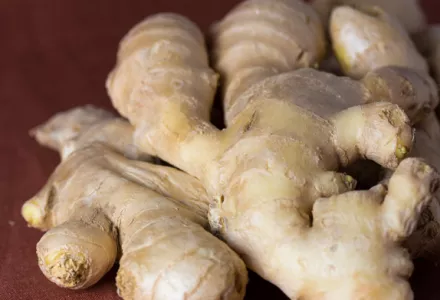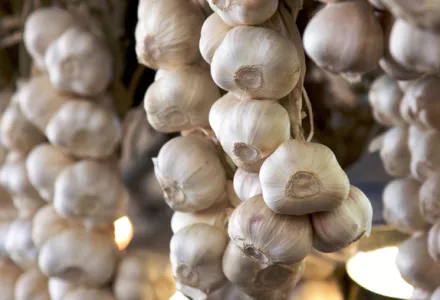Remember Popeye? With his tobacco pipe and his bulging arms? But surely the thing that most people remember about him was his favourite vegetable - right? “I wants me spinach!” and as he squeezed a can of spinach into his mouth, he’d instantly develop extra muscles and super-strength. If Popeye was an early superhero, spinach was his fuel. But what he didn’t know was that he might also have been protecting himself against various illnesses and ailments. Well how else could he stay young for over almost a hundred years?
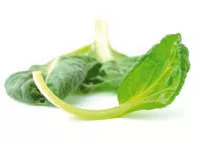
In fact, our spinach-munching hero with his soft spot for Olive Oyl did something for this leafy green vegetable that no marketing campaign has ever achieved for any flowering plant. Sales of the Spinacia oleracea went through the roof every time Popeye knocked Bluto - his underhand nemesis - off his feet after a healthy dose of spinach. Consumption of this leafy vegetable shot up by 33 percent in the United States between 1931 and 1936 as Popeye gained in popularity. Spinach-growing communities erected several statues in honour of Popeye and the huge boost he was giving their industry.
Vitamin A
For Elzie Crisler Sega, the creator of Popeye, spinach was no random choice. He was a well-read man. Some say that Sega’s choice of spinach as a strength-giving food for Popeye was based on faulty calculations of its iron content. According to the story, a scientist misplaced a decimal point in 1870 when calculating the iron content of spinach, giving it ten times more iron than it really had. This slip-up was not noticed until the 1930s. Although this story was in circulation for a long time, recent study has shown that this is a myth, and that in fact Sega chose spinach as Popeye’s superfood because of its high vitamin A content. But whatever the truth behind the story, spinach does contain iron, vitamin A and loads more good stuff. Don’t worry, we’ll come to all that. But first, a potted history of this delicious leafy vegetable.
Persian vegetable
Spinach is thought to have originated in ancient Persia. Arab traders took spinach to India, and from there it spread into ancient China, where it was known as “Persian vegetable”. The earliest available record of the spinach plant was recorded in Chinese, stating it was introduced into China via Nepal in 647 AD.
In 827, the Saracens introduced spinach into Sicily. The first written evidence of spinach in the Mediterranean area comes in three 10th-century works, the medical work by al- Razi (known as Rhazes in the West) and in two agricultural treatises, one by Ibn Wahshiya and the other by Qustus al-Rumi. Spinach became a popular vegetable in the Arab Mediterranean, and had arrived in Spain by the late 12th century, where the great Arab agronomist Ibn al-’Awwam called it the “captain of leafy greens”. Spinach was also the subject of a special treatise in the 11th century by Ibn Hajjaj.
The prickly-seeded form of spinach was known in Germany by no later than the 13th century, though the smooth- seeded form was not described till 1552. It is this smooth- seeded form that is used in modern commercial production. If you run into the prickly-seeded ones, please give us a shout because we’ve never seen any of these. Spinach first appeared in England and France in the 14th century, probably via Spain, and it quickly gained popularity because it appeared in early spring, when other vegetables were still scarce. Spinach is mentioned in the first known English cookbook, The Forme of Cury (1390), where it is referred to as spinnedge and spynoches. It seems they didn’t know which name they preferred yet. Smooth-seeded spinach was first described in 1552.
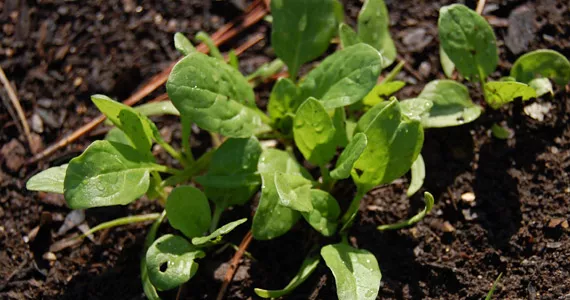
Royal greens
Popeye was not the only one to help spinach become a popular vegetable. Europe’s royal families also did their bit. In 1533, Catherine de’ Medici became queen of France and she was so keen on spinach that she insisted that it be served at every meal. In fact, to this day, dishes made with spinach are known as “Florentine” in her honour, since Catherine’s was born in Florence.
The benefits of spinach are many. During World War I, wine fortified with spinach juice was given to French soldiers who were weak after losing blood. Leafy greens like spinach provide more nutrients than any other food, when compared calorie for calorie. Here are some spinach facts to consider.
Spinach is a very nutrient-dense food. It’s low in calories yet very high in vitamins, minerals and other phytonutrients. When you eat spinach, you don’t need to worry about putting on any weight but you will take in plenty of nutrients. Spinach is an excellent source of vitamin K, vitamin A, magnesium, manganese, iron, calcium, vitamin C, vitamin B2, potassium, and vitamin B6. It’s also a very good source of protein, phosphorus, vitamin E, zinc, dietary fibre, and copper. Plus, it’s a good source of selenium, niacin, and omega-3 fatty acids.
Available everywhere

Another benefit of spinach is that it is readily available nearly all over the world. With its amazing nutrient profile, spinach sounds like an amazing super food, but it’s still easy to find in the market or grow yourself. It’s cheap too, and versatile in the kitchen. You can eat it raw in a salad, as part of a green smoothie, boiled or steamed, or added to soups and other dishes.
And we’re not done yet. The green greatness of spinach goes on and on. Spinach is loaded with flavonoids which act as antioxidants, protecting the body from free radicals. Researchers have discovered at least 13 different flavonoid compounds that act as anti-cancer substances. The various nutrients offer much in the way of disease protection.
Eating more of this food can help protect your gastrointestinal health and the beta-carotene and vitamin C work to protect the cells of the body’s colon from the harmful effects of free radicals. Spinach may slow the age-related decline in brain function. So, eat your greens and keep doing those crossword puzzles to keep your brain young and agile. And what about iron - which everyone thought Popeye was eating it for? The mineral iron is particularly important for menstruating women and growing children and adolescents. In comparison to red meat, spinach provides a lot less calories, contains zero fat or cholesterol and is an excellent source of iron. Because iron is a component of haemoglobin, which carries oxygen to all body cells, it’s essential for good energy levels. So while you won’t pop out of your T-shirt like Popeye did, in the real world, spinach is pretty much as good as it gets!
Grow the captain of greens yourself!
Well now you know all there is to know about spinach. It’s cheap in the supermarket but maybe you fancy growing some yourself? If you love spinach salads and eggs Florentine, perhaps it’s time to grow yourself a big patch of spinach so you always have some around.
Spinach needs cool weather to thrive, but if you choose planting times carefully and look for heat-resistant varieties, you can grow it anywhere in the world. So get some seeds! Choose a spot that gets full sun in cool weather and partial shade in warmer temperatures. The soil should be light, fertile and moisture-retentive.
Sow the spinach seeds directly into the soil as soon as the ground can be worked, normally anywhere from four to eight weeks before the last expected frost. Plant the seeds 1.3 cm deep and 5 cm apart in wide rows. For a continuous harvest, sow every two weeks until daytime temperatures start to average 23°C. Begin sowing fall crops in mid-August in cooler climates, or later in warmer ones. Keep the soil moist, and feed the plants manure tea or fish emulsion every 10 days until they’re 15 cm tall. Cut the spinach leaves from the outside of the plant as you need them, or harvest entire plants when they reach maturity and before they begin to flower. However, if you see buds starting to form at the centre, cut the whole plant immediately.
Recipe: Popeye's Garlic Spinach for two
And here is a delicious recipe to help you use all that spinach. Use one tablespoon extra-virgin olive oil, a bag of fresh spinach, three medium-large garlic cloves, peeled and cut into very thin slices, a dash of sea salt and one teaspoon of unsalted butter. Heat the olive oil in a skillet over medium-low heat. When the oil is hot, add the garlic slices and cook until light brown. Add half the spinach and the salt and stir until most of it is dark green. Add the other half of the spinach and stir well again. Take the pan off the heat, add the butter and serve! Now where’s me next plate of garlic spinach, harharhar!

